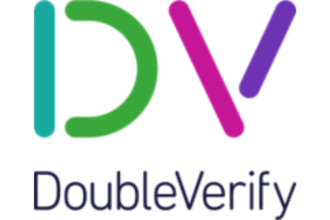Many of the eWallets in Malaysia are run by banks or backed by investors. To get as many users as possible to use their eWallet, they first need to spend and absorb all costs to keep them in their ecosystem. Some eWallets are also turning into super apps, a single app used for making payments, booking rides, entertainment, food delivery and more.
So, how do eWallets make money?
There are several ways eWallets can make money but before they can break even or profit, they must establish a strong market presence.
eWallets provide standard services such as mobile top-up, bill payment, and eCommerce. For every mobile top-up done through the eWallet, they earn a commission from the network operator. Similarly, for bill payments, the eWallet receives a commission from the service provider. As for eCommerce, the eWallet earns a commission on every sale.
Other ways eWallets make money
- eWallets charge a fee to sellers for providing them with a platform to market their products and services
- They earn from advertising, where companies can post ads on the eWallet app
- eWallets can earn through partnerships with other companies, where the user can migrate from one app to another app or website to buy a product or service
- eWallets can earn from debit or credit card transaction fees
Why a super app? Because data
Some of the leading eWallets have already become a super app. They continue to acquire as many users as possible to give them an audience and data. This will help them structure the right offering and market to the right audience at the right time.
Conclusion
It may seem like eWallets are giving incentives away and not making money. Eventually, the users and merchants would have to pay for the benefits. Once they have a sizeable user base, incentives will be lowered and certain fees may be introduced.

















